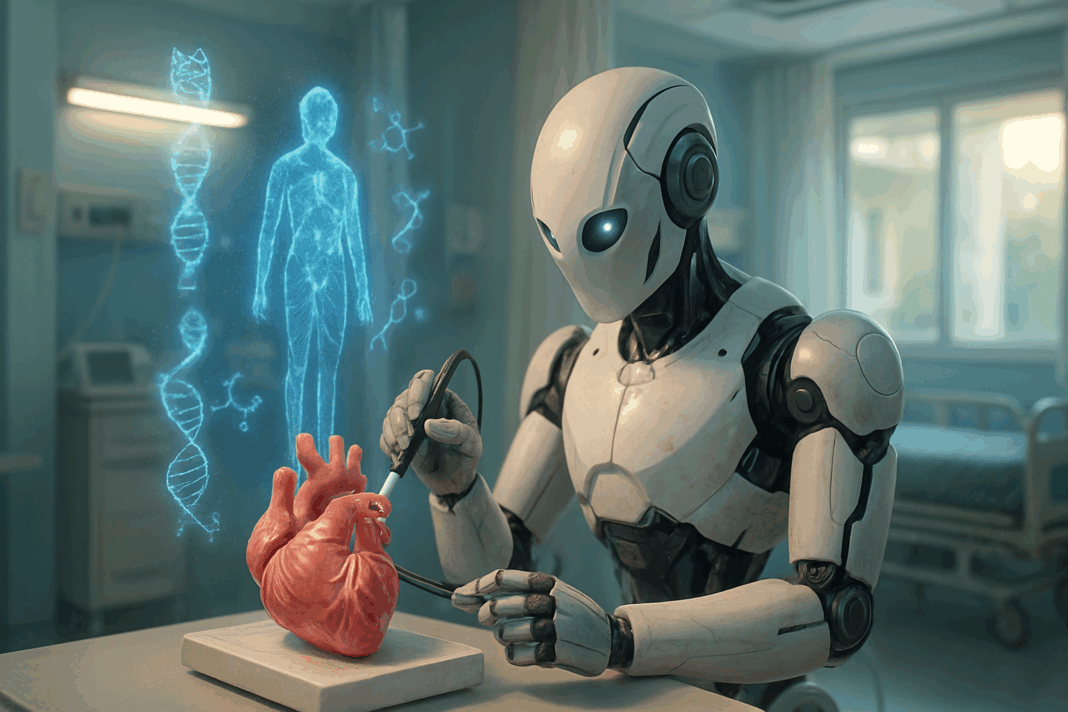Introduction: Unveiling the Era of Computer AI Robots in Medical Research
The integration of a computer AI robot into the fabric of medical research represents one of the most transformative developments of the 21st century. As healthcare continues to evolve at a rapid pace, the convergence of technology and medicine has produced groundbreaking innovations that redefine diagnostics, treatment, and patient care. In recent years, the deployment of artificial intelligence robots has revolutionized the research landscape, offering unprecedented precision, speed, and analytical capabilities. This article explores how computer AI robots are profoundly reshaping medical research, delving into the technologies that power them, the breakthroughs they enable, and the future they promise. As we journey through this exploration, we will discover that the synergy between artificial intelligence and robotics is not just enhancing scientific inquiry but is fundamentally altering the course of human health.
You may also like: Revolutionizing Healthcare: How AI in Medicine Is Enhancing Diagnosis, Treatment, and Patient Outcomes

The Evolution of Medical Research: A Historical Context
Medical research has long been a cornerstone of healthcare advancement, propelled by centuries of discovery, innovation, and experimentation. From the rudimentary dissections of the Renaissance to the genetic breakthroughs of the 20th century, each era has been defined by its tools and methodologies. Traditional research relied heavily on manual observation, trial-and-error experimentation, and theoretical deduction. While these approaches yielded significant advancements, they were often constrained by human limitations such as cognitive biases, fatigue, and the sheer complexity of biological systems.
The advent of computing technologies in the mid-20th century marked a significant turning point. Early computational models enabled researchers to simulate biological processes and manage complex data sets with greater efficiency. However, the limitations of traditional programming soon became apparent in the face of increasingly intricate medical challenges. This shortfall paved the way for the development of artificial intelligence, setting the stage for the emergence of the computer AI robot as a powerful agent of change in medical research.
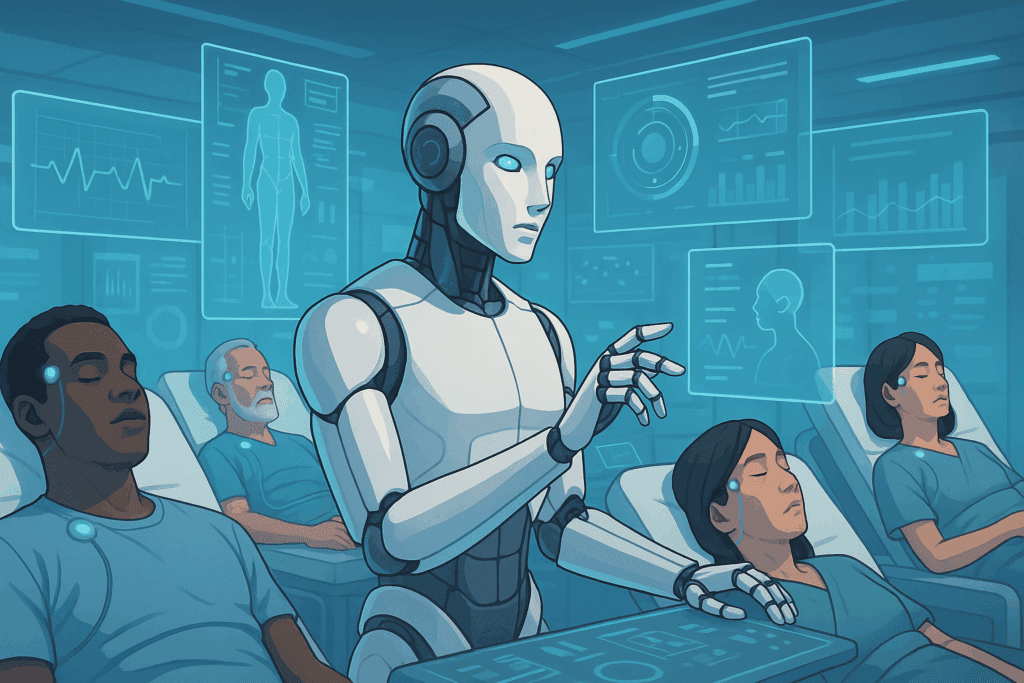
Understanding the Power of a Computer AI Robot in Medical Research
A computer AI robot combines the processing prowess of artificial intelligence with the mechanical dexterity of robotics, creating a tool that can think, learn, and act with remarkable autonomy. In medical research, these robots are designed to perform tasks ranging from high-throughput screening of drug compounds to complex surgical simulations. Unlike traditional machines that follow rigid programming, AI robots are equipped with machine learning algorithms that enable them to adapt, optimize, and improve their performance over time.
The integration of computer vision, natural language processing, and deep learning has further expanded the capabilities of these systems. A computer AI robot can now interpret medical imaging data with greater accuracy than human radiologists, identify patterns in genomic sequences that elude traditional statistical methods, and even hypothesize new therapeutic approaches based on dynamic datasets. The marriage of physical manipulation capabilities with cognitive intelligence allows these robots to bridge the gap between theoretical research and practical application, thereby accelerating the pace of discovery.
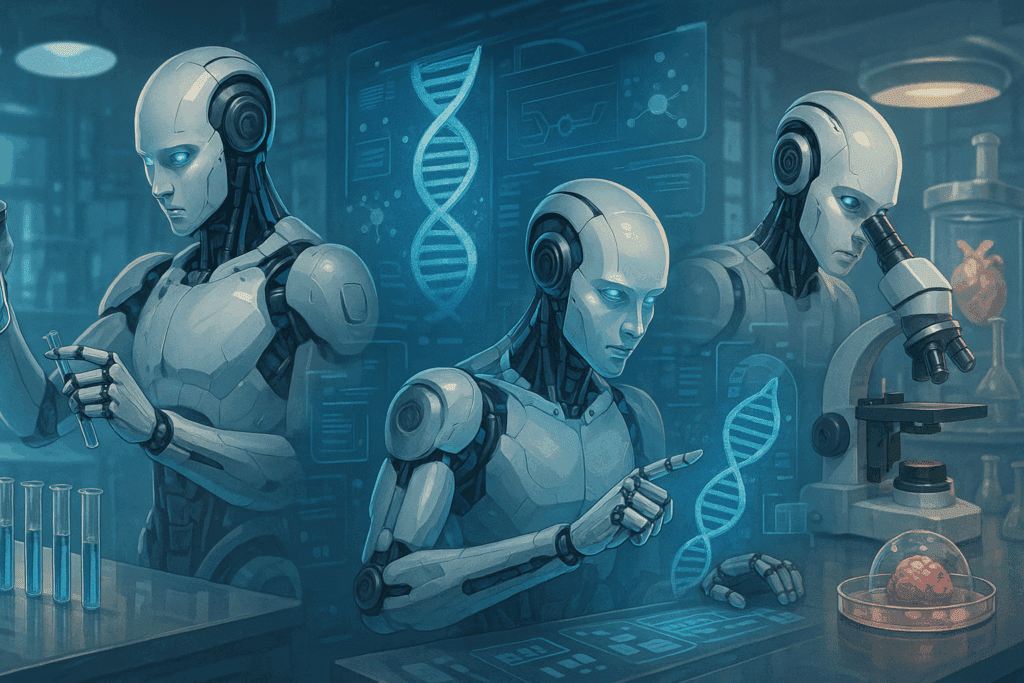
Breakthrough Applications of Artificial Intelligence Robots in Medical Research
The deployment of artificial intelligence robots across various domains of medical research has led to a multitude of breakthroughs. One prominent area is drug discovery, where AI-driven robots can screen millions of chemical compounds in a fraction of the time required by human researchers. By analyzing molecular structures, predicting biological activity, and simulating pharmacokinetics, these robots dramatically shorten the drug development timeline and reduce costs.
In the realm of genomics, computer AI robots assist in sequencing and interpreting vast amounts of genetic data, enabling personalized medicine approaches that were previously unimaginable. AI algorithms can identify gene mutations associated with specific diseases, predict patient responses to therapies, and uncover potential targets for novel treatments. Moreover, in regenerative medicine, AI robots are being used to engineer tissue models and conduct experiments that elucidate cellular behaviors, paving the way for advances in tissue engineering and organ regeneration.
Epidemiological research also benefits from the prowess of artificial intelligence robots. By analyzing global health data, AI systems can predict disease outbreaks, model the spread of infections, and inform public health strategies. During the COVID-19 pandemic, for example, AI robots played a crucial role in modeling viral transmission patterns, optimizing resource allocation, and accelerating vaccine development.
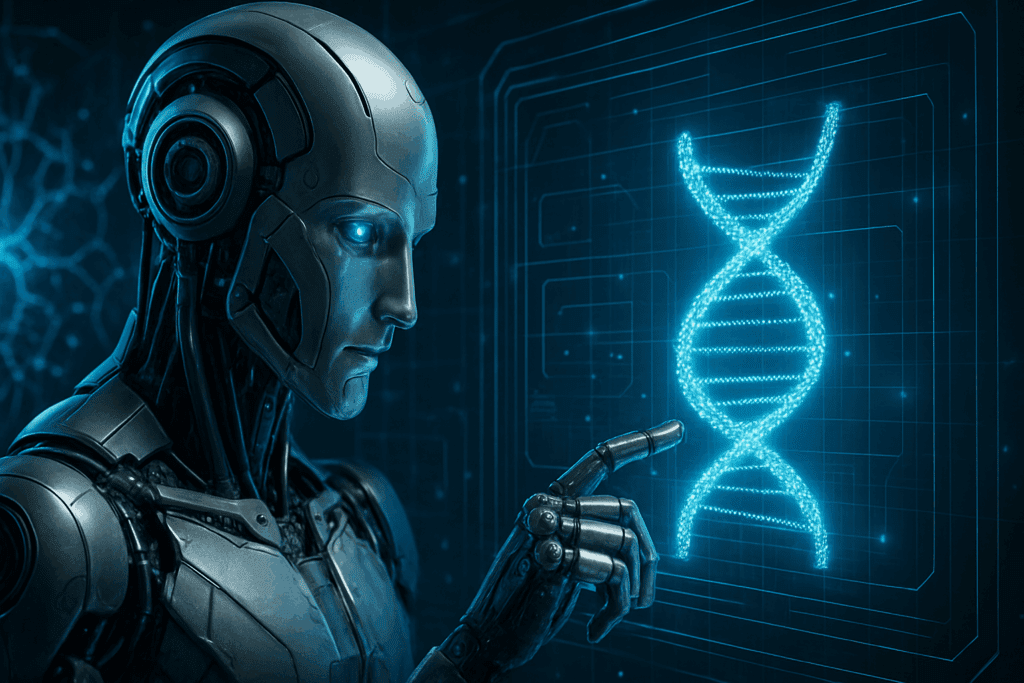
The Role of Computer AI Robot Systems in Clinical Trials
Clinical trials are the bedrock of medical research, providing the empirical evidence necessary to validate new treatments. Traditionally, clinical trials have been labor-intensive, costly, and time-consuming endeavors. The introduction of computer AI robot systems into this arena has led to remarkable efficiencies and enhancements in trial design, participant recruitment, data collection, and analysis.
AI robots can identify suitable candidates for trials by mining electronic health records and genetic databases, ensuring a more targeted and representative participant pool. During the trial itself, robotic systems can automate data collection processes, monitor patient adherence, and detect adverse events in real-time. This not only improves data quality and integrity but also enhances patient safety by enabling timely interventions.
Furthermore, the use of artificial intelligence robots in clinical trials allows for the application of adaptive trial designs, where the protocol can be modified based on interim results. This flexibility increases the likelihood of trial success and ensures that patients receive the most effective treatments more quickly. As regulatory bodies begin to embrace AI-driven methodologies, the future of clinical trials promises to be faster, safer, and more efficient.
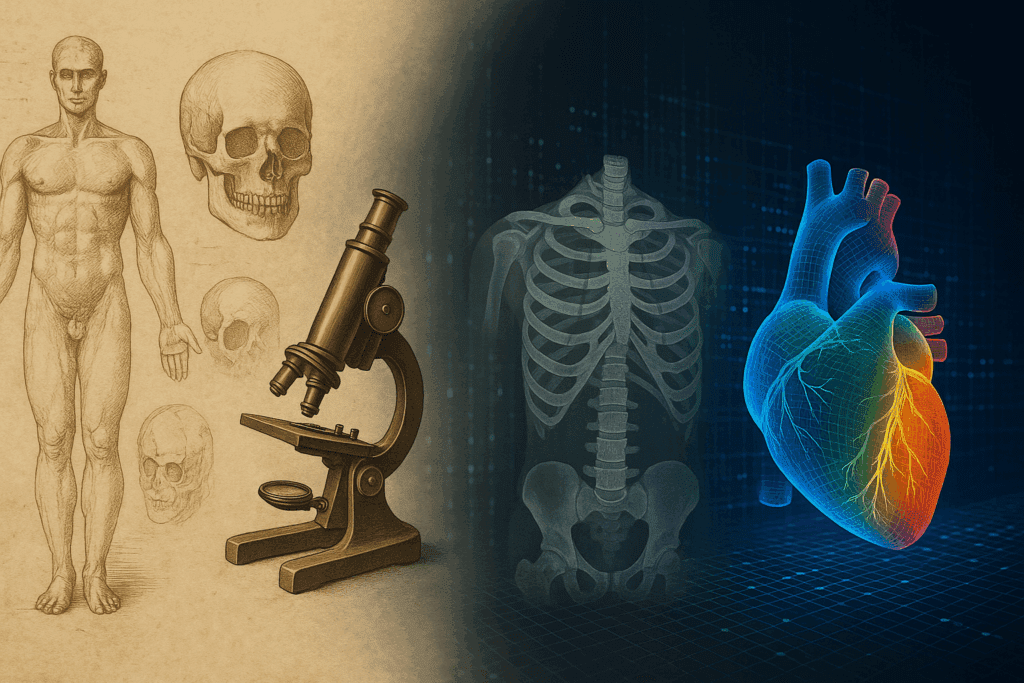
Ethical Considerations in Deploying Computer AI Robots in Research
While the benefits of using a computer AI robot in medical research are undeniable, ethical considerations must be carefully addressed to ensure responsible deployment. Issues related to data privacy, algorithmic bias, and the transparency of AI decision-making processes are of paramount concern. Researchers and developers must ensure that AI systems are trained on diverse datasets to prevent the perpetuation of health disparities.
Moreover, informed consent processes must be adapted to account for the complexities introduced by AI-driven research methodologies. Participants should be made aware of how their data will be used, the role of AI in interpreting results, and the potential risks associated with automated decision-making. Transparency and accountability mechanisms must be established to oversee AI systems, ensuring that their actions align with ethical principles and societal values.
Finally, the question of human oversight remains critical. While artificial intelligence robots can augment human capabilities, they should not replace human judgment entirely. Maintaining a collaborative model where AI systems support, rather than supplant, human researchers is essential for preserving the ethical integrity of medical research.
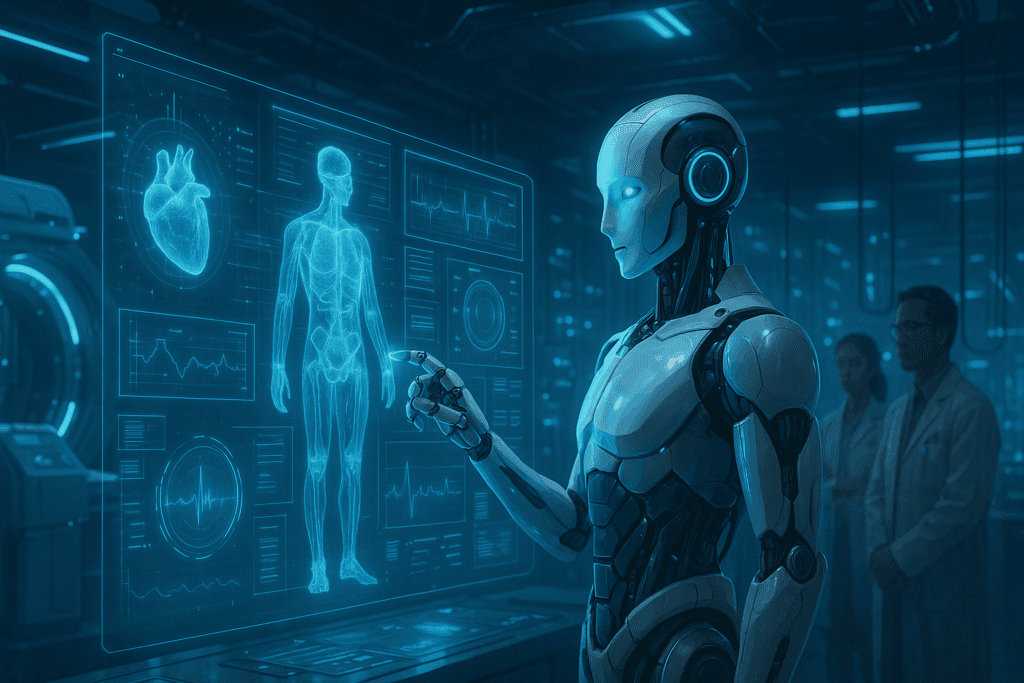
Future Directions: Innovations on the Horizon for Computer AI Robots
The future of computer AI robots in medical research is brimming with exciting possibilities. Advances in quantum computing are poised to exponentially increase the computational power available to AI systems, enabling even more complex data analyses and simulations. This could unlock new frontiers in understanding multifactorial diseases such as cancer, Alzheimer’s, and autoimmune disorders.
Another promising area is the development of explainable AI, which seeks to make the decision-making processes of AI systems more transparent and understandable to human users. This will enhance trust in AI-driven research and facilitate more effective collaboration between humans and machines.
In addition, the integration of soft robotics and biohybrid systems into AI robots promises to expand their physical capabilities. Robots with flexible, biomimetic structures could perform delicate tasks such as cellular manipulation, tissue engineering, and microsurgery with unprecedented precision.
As interdisciplinary collaboration between computer science, engineering, biology, and medicine continues to flourish, the innovations emerging from these synergies will redefine what is possible in medical research. The era of the computer AI robot is only just beginning, and its potential to transform healthcare is virtually limitless.
Revolutionizing Diagnostics: The Impact of a Computer AI Robot
Diagnostics is another critical area where a computer AI robot is making profound contributions. Traditional diagnostic processes often involve subjective interpretation, leading to variability and potential errors. AI robots, by contrast, apply standardized algorithms to interpret diagnostic data, enhancing consistency, accuracy, and objectivity.
In radiology, AI systems can analyze imaging data such as X-rays, MRIs, and CT scans with a level of precision that rivals or exceeds human experts. They can detect early signs of conditions like cancer, cardiovascular disease, and neurological disorders, often before symptoms manifest. This enables earlier intervention and improved patient outcomes.
Pathology is another domain transformed by artificial intelligence robots. AI-driven image analysis tools can identify cancerous cells, grade tumors, and predict disease progression with remarkable accuracy. By augmenting the capabilities of pathologists, AI robots increase diagnostic throughput and free up human experts to focus on complex cases requiring nuanced interpretation.
In the field of infectious diseases, AI robots have demonstrated the ability to rapidly identify pathogens from clinical samples, facilitating timely diagnosis and treatment. This capability is particularly critical in managing emerging infectious diseases, where rapid response can mean the difference between containment and widespread outbreak.
Harnessing Computer AI Robot Systems for Personalized Medicine
Personalized medicine, which tailors medical treatment to the individual characteristics of each patient, is a rapidly evolving field that benefits immensely from computer AI robot technologies. By integrating data from genomics, proteomics, metabolomics, and clinical records, AI robots can create comprehensive profiles that inform customized treatment strategies.
Machine learning algorithms can predict how patients will respond to specific therapies based on their genetic makeup, lifestyle factors, and disease characteristics. This enables the selection of the most effective treatments while minimizing adverse effects. In oncology, for instance, AI robots can identify biomarkers that predict response to immunotherapy, guiding clinicians in selecting the best course of action.
Furthermore, AI-driven predictive modeling can identify patients at risk of developing certain diseases, enabling preventative interventions that improve long-term health outcomes. By shifting the focus from reactive to proactive healthcare, artificial intelligence robots are ushering in a new paradigm of personalized, precision medicine.
Challenges and Limitations in the Adoption of Artificial Intelligence Robots
Despite the remarkable potential of artificial intelligence robots, several challenges must be addressed to realize their full benefits in medical research. One major hurdle is the quality and availability of data. AI systems require large, high-quality datasets for training and validation, and issues such as data fragmentation, inconsistency, and bias can compromise performance.
Interoperability between different healthcare systems and research platforms also presents a significant challenge. Standardizing data formats and ensuring seamless integration of AI technologies into existing workflows are essential for maximizing their utility.
Another concern is the “black box” nature of many AI models, where the internal workings of the algorithm are opaque to users. This lack of transparency can hinder trust and impede regulatory approval. Efforts to develop explainable AI models are critical for overcoming this barrier.
Finally, there is a need for continuous education and training for researchers, clinicians, and policymakers to effectively harness the potential of AI robots. Building a workforce that is proficient in both biomedical sciences and artificial intelligence is key to ensuring the successful adoption and ethical deployment of these transformative technologies.
Frequently Asked Questions (FAQ)
1. How Is a Computer AI Robot Shaping the Future of Personalized Medicine?
A computer AI robot is redefining personalized medicine by creating individualized treatment strategies based on real-time data rather than historical averages. Unlike traditional approaches that group patients into broad categories, AI robots analyze genomics, proteomics, and metabolomics simultaneously to identify unique disease signatures. This innovation allows clinicians to anticipate how a specific patient’s body will respond to therapies before administration, significantly reducing trial and error in treatments. Furthermore, these robots are beginning to model long-term outcomes, helping design lifestyle interventions alongside pharmaceutical ones. By dynamically updating patient profiles as new data is gathered, a computer AI robot ensures that treatments evolve with the patient’s condition, improving outcomes over time.
2. What Unique Advantages Does an Artificial Intelligence Robot Offer in Vaccine Development?
An artificial intelligence robot is transforming vaccine development by accelerating the early research stages where viable antigen candidates are identified. Traditionally, this phase could take months or even years, but AI robots reduce this timeline to weeks by predicting viral protein structures and simulating immune responses virtually. Additionally, AI-driven robots can optimize vaccine formulations by analyzing potential side effects across diverse genetic backgrounds, which enhances inclusivity in vaccine design. Some cutting-edge models also adapt in real-time as new virus mutations emerge, allowing for faster iteration of vaccine updates. These capabilities enable researchers to stay ahead of evolving infectious threats, a crucial advantage highlighted during recent global health crises.
3. How Does a Computer AI Robot Enhance Data Integrity in Clinical Research?
Maintaining data integrity in clinical research is paramount, and a computer AI robot offers novel solutions to safeguard this process. Through blockchain-based validation protocols integrated with AI algorithms, robots can securely timestamp and verify each data entry, preventing tampering or human error. They also employ anomaly detection systems that flag inconsistent or improbable entries for immediate review, improving data accuracy. Another benefit is real-time monitoring, where AI robots track clinical trial data streams continuously, reducing the lag between issue detection and corrective actions. These innovations ensure that research findings remain credible and reproducible, thereby strengthening the scientific foundation for new medical treatments.
4. What Role Will Artificial Intelligence Robots Play in Addressing Global Health Disparities?
Artificial intelligence robots have the potential to significantly mitigate global health disparities by democratizing access to advanced diagnostics and treatment recommendations. In remote or underserved regions where specialists are scarce, AI robots can provide real-time telemedicine consultations, diagnostic assessments, and triage support. Moreover, by analyzing regional epidemiological data, these robots can recommend customized public health interventions tailored to local needs. Partnerships between global health organizations and AI developers are beginning to deploy mobile AI labs equipped with diagnostic robots to areas lacking medical infrastructure. As artificial intelligence robot technology matures, it will empower communities worldwide to achieve better health outcomes regardless of geographical or socioeconomic barriers.
5. Can a Computer AI Robot Improve Mental Health Research and Treatment?
A computer AI robot is beginning to impact mental health research by uncovering subtle patterns in behavior and speech that are indicative of psychological conditions. Traditional diagnostic methods often rely heavily on subjective clinician interpretation, but AI robots provide objective, quantifiable metrics by analyzing voice intonation, word choice, facial expressions, and even social media activity. Furthermore, AI-powered robots can personalize therapy programs by continuously monitoring patient responses and adjusting intervention strategies accordingly. Innovative applications include virtual therapy sessions conducted by empathetic AI avatars designed to reduce stigma and encourage disclosure among patients. This represents a promising frontier in mental health care, combining rigorous data analysis with compassionate, accessible support systems.
6. How Is a Computer AI Robot Revolutionizing Tissue Engineering?
Tissue engineering is being revolutionized by the integration of a computer AI robot into laboratory workflows. These robots use predictive modeling to optimize the scaffolding structures that support cell growth, tailoring them to specific tissue types and patient requirements. Unlike manual fabrication techniques, AI robots can iteratively design and test thousands of scaffold variations within days, identifying optimal conditions for tissue regeneration. Some models also incorporate bioprinting technologies, enabling the creation of complex, vascularized tissues that closely mimic natural organs. By automating these intricate processes, computer AI robots accelerate progress toward viable organ transplants and regenerative therapies, offering hope to patients awaiting donor organs.
7. In What Ways Are Artificial Intelligence Robots Transforming Medical Imaging?
Artificial intelligence robots are pushing medical imaging beyond simple diagnostic support into predictive and preventative domains. These robots not only detect existing abnormalities with greater accuracy but also forecast potential disease developments based on subtle anatomical changes. Advanced systems integrate imaging data with patient history and genetic information to build comprehensive health profiles that anticipate future risks. Additionally, real-time image enhancement and 3D modeling technologies allow surgeons to plan procedures with unprecedented precision, minimizing invasive interventions. As artificial intelligence robots continue to evolve, they will transform imaging into a proactive, rather than reactive, pillar of healthcare.
8. How Do Ethical Considerations Evolve with the Use of a Computer AI Robot?
The integration of a computer AI robot into healthcare necessitates a reexamination of existing ethical frameworks. Traditional models centered around human decision-making must expand to address questions about algorithmic transparency, accountability, and informed consent when AI systems are involved. For instance, patients must be adequately informed about when a robot’s recommendation influenced their diagnosis or treatment plan. Another ethical consideration is ensuring that AI training datasets are representative of diverse populations to avoid perpetuating biases. As the influence of computer AI robots grows, ethics committees and regulatory bodies must evolve dynamically, developing guidelines that uphold trust, fairness, and patient autonomy.
9. Could an Artificial Intelligence Robot Foster Greater Collaboration in Multidisciplinary Research?
An artificial intelligence robot could serve as a powerful catalyst for multidisciplinary collaboration by bridging communication gaps between diverse fields such as biology, computer science, and engineering. These robots can synthesize findings across disciplines, translating complex data into universally understandable formats that facilitate joint problem-solving. For instance, an AI robot analyzing microbiome data could generate models that are immediately usable by computational physicists studying biological networks. Furthermore, shared AI platforms encourage open-source research collaborations, where international teams contribute data and insights through a unified interface. By lowering traditional barriers to interdisciplinary work, artificial intelligence robots could significantly accelerate innovation across medical and scientific domains.
10. How Might a Computer AI Robot Contribute to Predictive Epidemiology in the Future?
Predictive epidemiology will increasingly rely on the analytical capabilities of a computer AI robot to forecast and mitigate disease outbreaks. By continuously monitoring diverse data streams, including climate data, urban mobility patterns, and genomic surveillance, AI robots can identify early warning signs of emerging health threats. Advanced models might even simulate the social and economic impacts of outbreaks, allowing policymakers to make informed decisions proactively. In future scenarios, interconnected networks of AI robots across the globe could collaborate to model pathogen evolution and transmission in real-time. Such innovations would transform public health from a reactive to a preventative discipline, enhancing global resilience against infectious diseases.
Conclusion: The Transformative Power of a Computer AI Robot in Shaping the Future of Medical Research
The integration of computer AI robots into medical research represents a transformative leap forward in our quest to understand, diagnose, and treat human disease. By combining the analytical power of artificial intelligence with the physical capabilities of robotics, these systems have the potential to accelerate discovery, enhance precision, and improve patient outcomes on an unprecedented scale. As we navigate the ethical, technical, and societal challenges that accompany this technological revolution, it is imperative to maintain a commitment to transparency, accountability, and collaboration.
Artificial intelligence robots are not merely tools; they are partners in the scientific endeavor, augmenting human ingenuity and expanding the boundaries of what is possible. Their impact is already evident across diverse domains, from drug discovery and diagnostics to personalized medicine and epidemiology. As innovations continue to unfold, the role of computer AI robots in medical research will only grow more central, heralding a new era of health and well-being for humanity. The future of medicine is being shaped today by the synergistic power of human creativity and machine intelligence—a future where breakthroughs are not just possible, but inevitable.
Further Reading
Robots and Artificial Intelligence


